|
-
Comfort in Kilt and Hose
I must say that due to the lockdown I have been doing a lot of investigations into kilts and how they are worn and made.
I have had some issues with comfort, thinking that the kilt and hose are inherently uncomfortable and need some practice to get any element of comfort.
Now I have found the comfort of both 
For the kilt I have found the "natural" waist: feel for the top of the hip on the side and the buckle line is just above that, my navel is higher than that so was not a comfy height.
For the hose, a hand width from the bottom of the kneecap, I was 2 finger down which caused pressure on the hamstring on the back of my knee.
Also, I am using ties instead of elasticated flashes which are more comfortable due to the lack of constant pressure from the elastic.
Very happy now.
Just need to figure the sporran as it tends to bounce an hit me in the er... front 
-
-
As far as the sporran goes, a lot of fellows wear it far too low. It is neither traditional, iconic, or historical. Find a height that is comfortable and stick with it. That should solve some of the problem at least. It does for me.
Rev'd Father Bill White: Retired Parish Priest & Elementary Headmaster. Lover of God, dogs, most people, joy, tradition, humour & clarity. Legion Padre, theologian, teacher, philosopher, linguist, encourager of hearts & souls & a firm believer in dignity, decency, & duty. A proud Canadian Sinclair.
-
-
 Originally Posted by Father Bill

As far as the sporran goes, a lot of fellows wear it far too low. It is neither traditional, iconic, or historical. Find a height that is comfortable and stick with it. That should solve some of the problem at least. It does for me.
Does the chain go through the loops or just around the waist and hang on the buckles?
-
-
 Originally Posted by Red1leader

Does the chain go through the loops or just around the waist and hang on the buckles?
The loops are quite recent. My kilts don't even have them. Yes, the hanging trick is one that I use personally, and I find it helpful but I don't think it's in general use by most kilties. A lot of folks will say that this or that shouldn't be necessary, but everyone's body is shaped differently, so even a properly constructed kilt may need some slight personal adjustment of use.
Last edited by Father Bill; 2nd May 20 at 04:59 AM.
Rev'd Father Bill White: Retired Parish Priest & Elementary Headmaster. Lover of God, dogs, most people, joy, tradition, humour & clarity. Legion Padre, theologian, teacher, philosopher, linguist, encourager of hearts & souls & a firm believer in dignity, decency, & duty. A proud Canadian Sinclair.
-
The Following 6 Users say 'Aye' to Father Bill For This Useful Post:
-
 Originally Posted by Red1leader

Does the chain go through the loops or just around the waist and hang on the buckles?
As Father Bill said, some wear the sporran a bit too low. I feel that if you rely on the loops to support the belt or chain then you probably have the belt or chain too loose and it will hang too low - and too low is just never going to be comfortable. My solution is never to use the loops for the sporran belt/chain - I simply have the belt/chain set to a length that cannot pass over my hips - in other words it is the broadening of my hips that keeps it in place, keeping the sporran at a good height and ensuring it's always comfortable. As a bonus this arrangement makes it much easier to rotate the sporran to the left or right if and when I want to move it aside.
Having said all this, I know that someone, somewhere will have a snake-hipped physique for which my solution will not work.
Last edited by Dr Bee; 2nd May 20 at 09:50 AM.
-
The Following 6 Users say 'Aye' to Dr Bee For This Useful Post:
-
For kilt height, I'm fairly high-waisted, so wearing the kilt at my natural waist actually places it above my navel. If I look where the one I'm currently wearing is currently sitting, my navel's about even with the bottom of my (wide) belt. I've found that if I don't wear my belt tight enough, it tends to fall down more and rest in a weird way around my hips instead of on top of them. In that case, wearing the belt tighter makes the kilt much more comfortable. If your kilt is sitting at an uncomfortable level, maybe try adjusting how tight your belt is, both tighter and looser, and move around in it a bit to see where the kilt just naturally rests. Sometimes it can be a little counterintuitive.
My hose level somewhat depends on temperature. If it's cold, I'll wear my hose higher - just below the knee, just enough that if I bend my knee it sits right in the crook of the bend. And that works very well for me with elastic flashes, adjusted loose. The hose stay up really nicely that way because it is above the calm muscles instead of on them. When it's warm (like now), that ends up being way too warm for me. I'm currently wearing my (cotton) hose without flashes, almost two full handwidths below the middle of the kneecap. Upside is it's cooler. Downsides are, because they sit at just about the widest part of the calm muscles, they're difficult to cuff and they don't stay up as well and I have to pull them back up several times throughout the day.
Sporran: in the kilt I'm currently wearing (USA Kilts casual kilt), I have dual-size belt loops, where they can accommodate regular size belts as well as kilt belts. I run my sporran chain through the inner "regular size" loops and my kilt belt through the outer "large size" loops. In my Sport Kilts, I run both through all of the loops. I've got almost nothing for hips, so it's about the only way for me to keep the sporran at a consistent height. For all three sporrans I have (brand new, probably not the greatest quality), I did have to modify the sporran chain straps to add another hole so I could make them shorter - the tightest hole on them had the sporran hanging way to low for me. With that modification, it hangs about three fingers below the kilt belt. The level somewhat varies as your weight varies. But this is enough that rather than hitting sensitive areas when I'm walking, it tends to bounce off of my upper thighs. Your mileage may vary, however, if your sporran's not as wide or if it doesn't have a fairly hard flat back like all of mine do.
Have you considered using sporran hangers instead of a chain?
-
The Following User Says 'Aye' to MichiganKyle For This Useful Post:
-
-
The Following 3 Users say 'Aye' to The Wizard of BC For This Useful Post:
-
Even in my rather cavalier methods of construction, the waist of my kilts have seat belt material behind them to support the weight. My back is hollow, so there is a gap over my spine where the kilt must support itself for 3 to 4 inches. The seatbelt material stands up by itself and resists deformation across its length. It is good for kilts worn with a belt.
I use narrower webbing for kilts which are held by their own straps, and more proper reinforcements - the differences are perhaps subtle, but they are done because of the different requirements of the different techniques and the stresses and strains they need to overcome.
I usually have more fabric than I need to make a kilt, so I can shuffle the pattern around if there is one, or start at one end and cut off the spare when I feel that there's enough done.
The few cheap kilts I have seen have been very skimped, one was even made from bits which had been pressed into different pleats and not smoothed out again, so you might find that improvements aren't possible because the kilt is relying on the inbuilt deformation to make up for its lack of shaping of the tailoring kind shown in these better type of kilts.
Whenever I see it laid bare I resolve to be a better tailor in future.....
Anne the Pleater
I presume to dictate to no man what he shall eat or drink or wherewithal he shall be clothed."
-- The Hon. Stuart Ruaidri Erskine, The Kilt & How to Wear It, 1901.
-
The Following 3 Users say 'Aye' to Pleater For This Useful Post:
-
I love this forum, so much information, I am learning more and more.
Thanks, guys.
-
The Following 3 Users say 'Aye' to Red1leader For This Useful Post:
-
Yes thanks for all the technical information!
All I know is that my go-to kilt, an IOS, is very comfortable, a traditional hand-sewn 16oz wool kilt, made with around 7 yards, and fairly high-waisted (25.5 inch total length). And my hose, by Cheviot, are the most comfortable hose I've ever worn.
Proud Mountaineer from the Highlands of West Virginia; son of the Revolution and Civil War; first Europeans on the Guyandotte
-
 Posting Permissions
Posting Permissions
- You may not post new threads
- You may not post replies
- You may not post attachments
- You may not edit your posts
-
Forum Rules
|
|















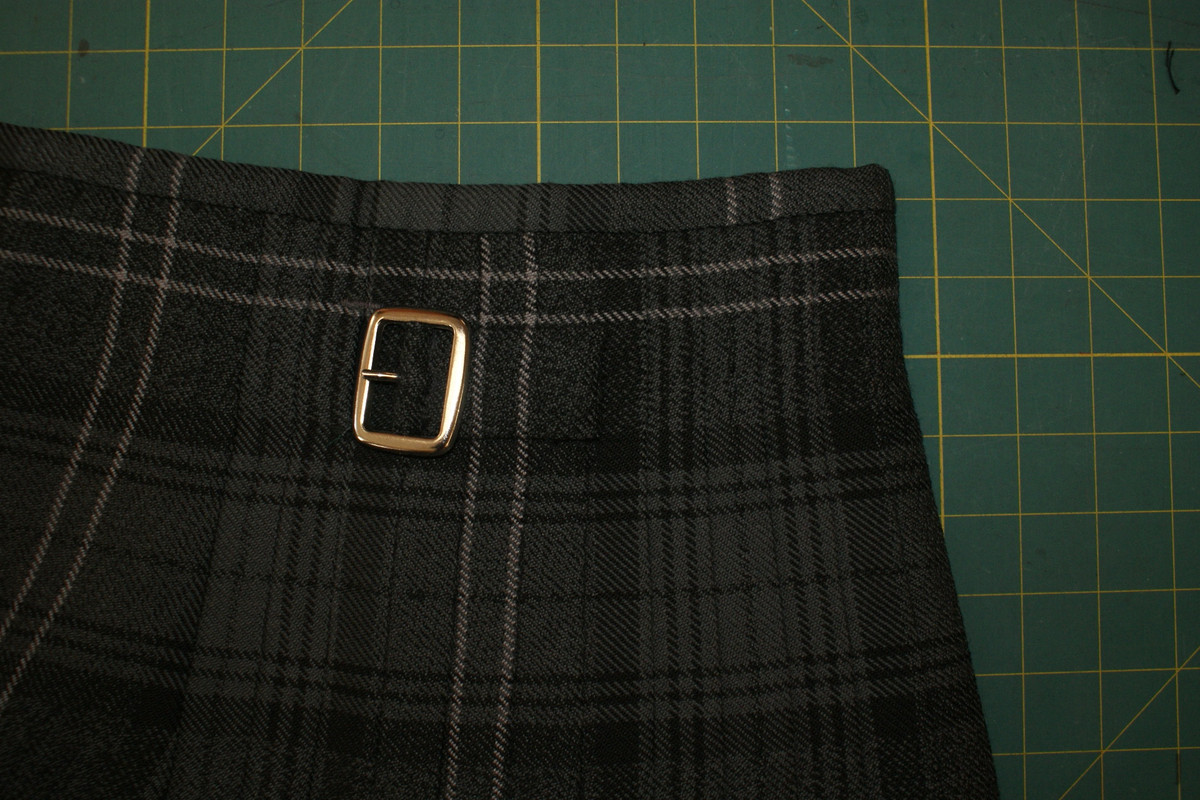
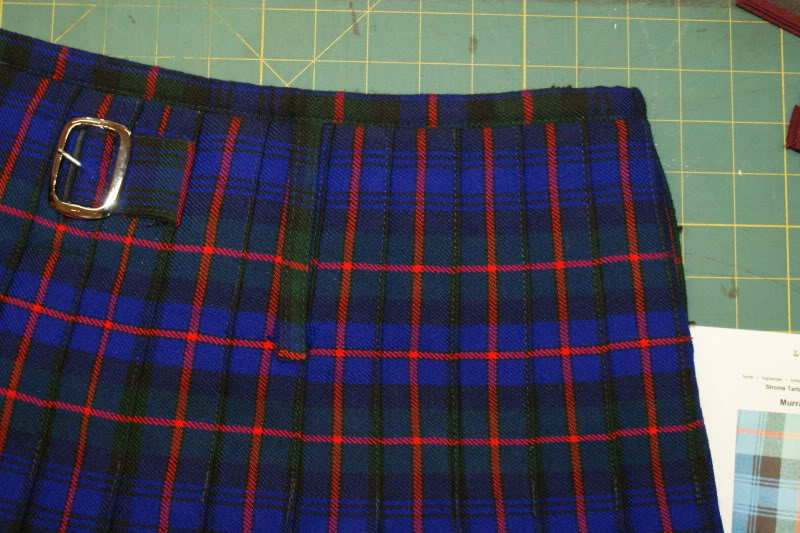


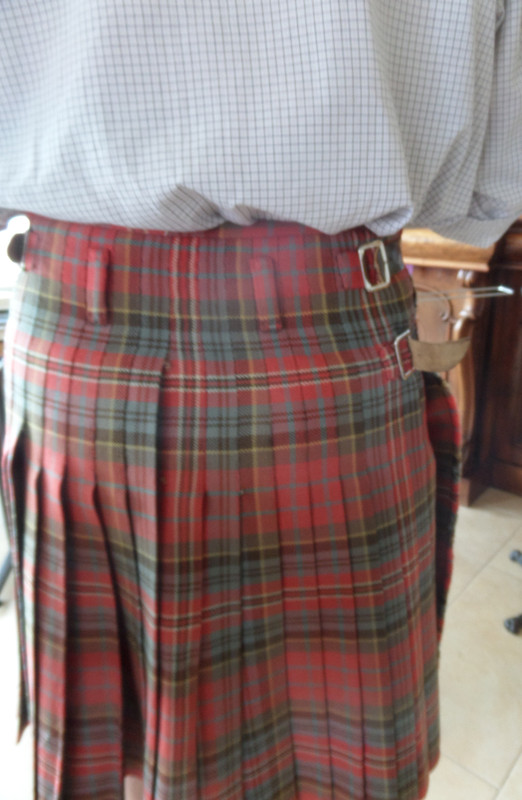
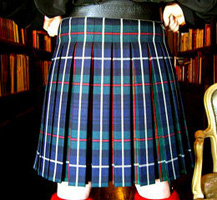
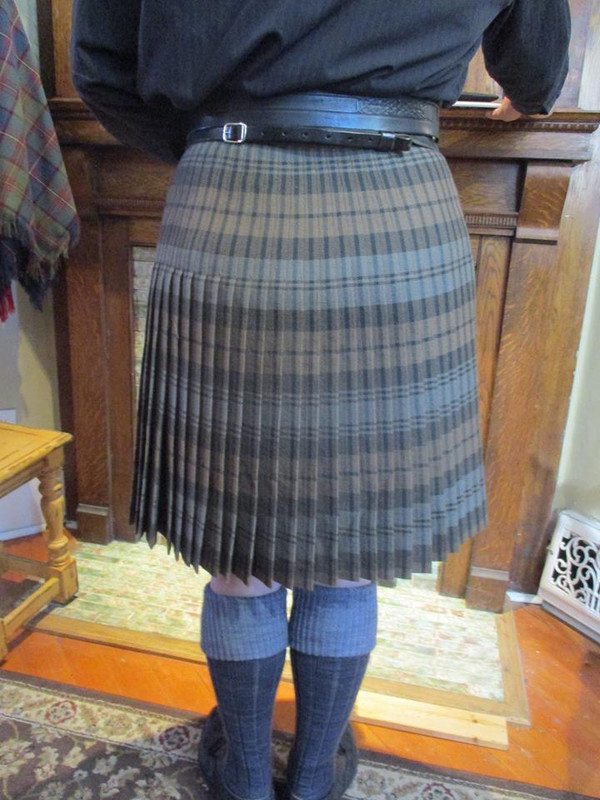








Bookmarks